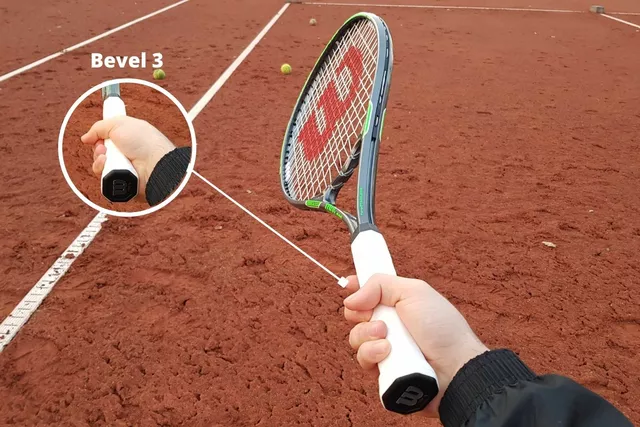Table Tennis Tips to Play Faster and Smarter
If you pick up a paddle and wonder why the ball feels heavy or why opponents seem to read your moves, you’re not alone. Most beginners get stuck on the same basics: grip, stance, and timing. Fix those early and you’ll see a big jump in how you handle rallies. Below are the simplest changes you can make right now to feel more comfortable at the table.
Essential Strokes and Footwork
The first thing to nail is the forehand drive. Hold the paddle with a relaxed shake‑hand grip, keep your wrist firm but not stiff, and swing low to high. Aim to brush the ball, not smash it flat. A smooth upward motion gives the ball spin, making it harder for your opponent to return.
Backhand is often the weak link. Use the same shake‑hand grip, but turn your forearm so the paddle faces the opposite direction. Push the ball forward with a short, controlled flick. You don’t need massive power—control wins points more often than brute force.
Footwork ties everything together. Treat each shot as a small step toward the ball. Stay on the balls of your feet, bend your knees a little, and move laterally instead of crossing your legs. This keeps you balanced and ready for the next volley.
Drills to Sharpen Your Skills
Practice alone? No problem. Try the “wall drill”: hit the ball against a solid wall, let it bounce back, and return it. Focus on keeping the same speed and spin each time. This builds consistency without needing a partner.
With a partner, set up a simple “forehand‑backhand exchange”. Stand about two meters apart and rally only forehands for 30 seconds, then switch to backhands. The rapid switch forces you to adjust grip and footwork quickly, a habit that pays off in real matches.
Another useful drill is “serve and return”. Serve ten balls, aiming for different spots on the table. Have your partner return each serve, and you focus on reading their spin and positioning. Over time you’ll spot patterns and react faster.
Equipment can also affect your game. A lightweight paddle (around 160‑170 g) helps with fast reactions, while a racket with a slightly tacky rubber surface adds spin. If you’re just starting, a mid‑range blade with an even balance works best; you won’t feel overly head‑heavy or too light.
Finally, keep a short journal of what you practiced each session. Note which strokes felt smooth, which footwork steps were clumsy, and any new serves you tried. Reviewing these notes after a few weeks shows clear progress and points out what still needs work.
Table tennis is a mix of quick reflexes, smart positioning, and subtle spin. By tightening up your grip, polishing basic strokes, and drilling the right routines, you’ll start winning points faster than you expected. Keep the practice short, focused, and fun, and you’ll see the game improve day by day.

What is the difference between table tennis and tennis game?
Table tennis and tennis are two distinct sports with different rules and equipment. Table tennis is a much faster-paced game played with two to four players and a small, hard paddles and a hollow, light plastic ball. Tennis is a slower-paced game played on a larger court with a racquet and a heavier rubber ball. Table tennis requires quick reflexes and precision, while tennis emphasizes power and tactical play. Furthermore, table tennis is played indoors while tennis is played outdoors. In conclusion, while they are both racquet sports, table tennis and tennis are quite different.
Detail



